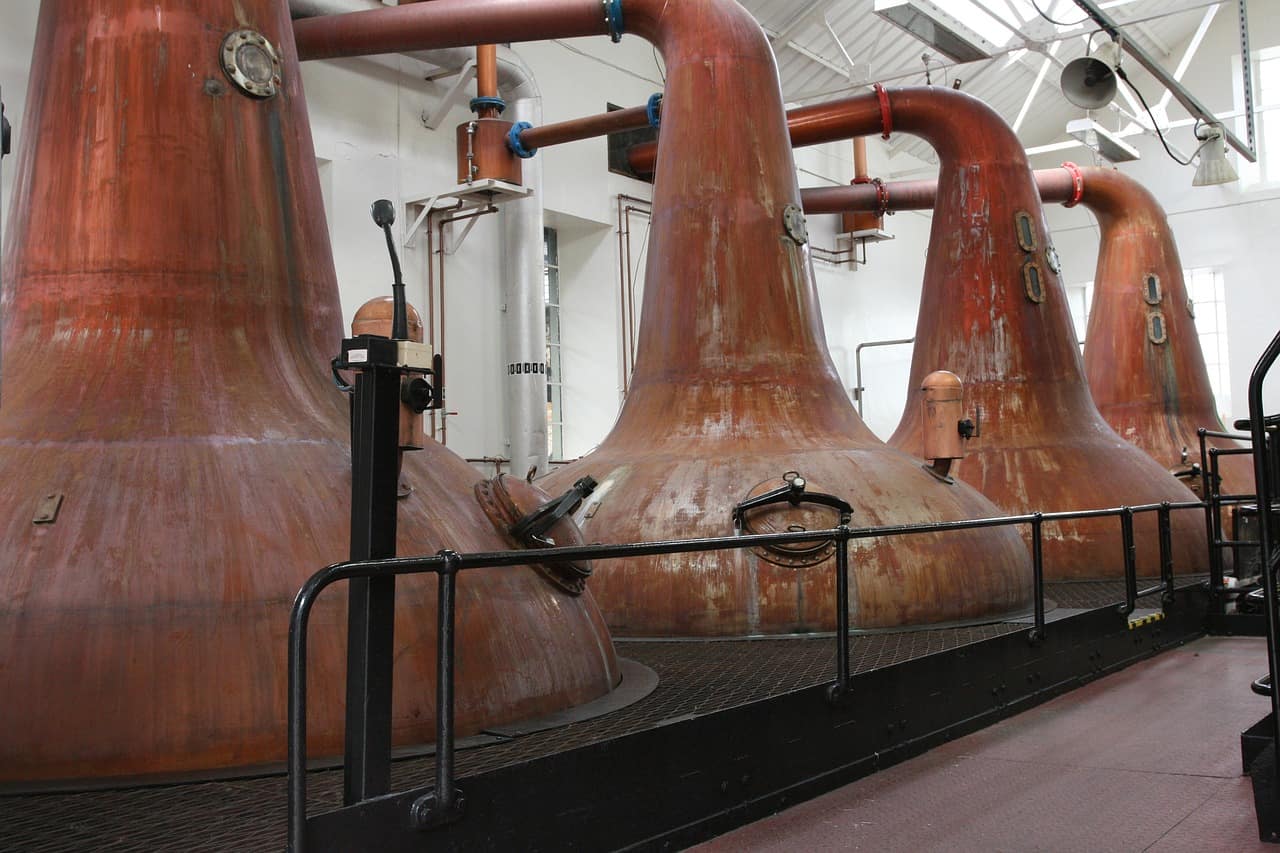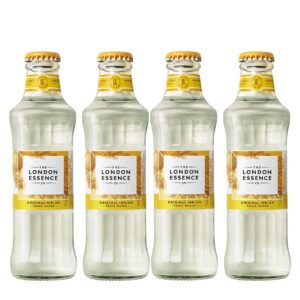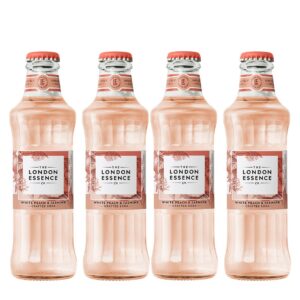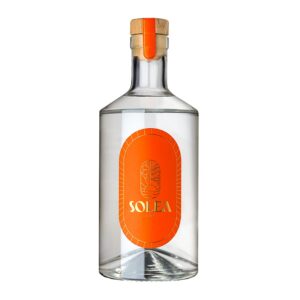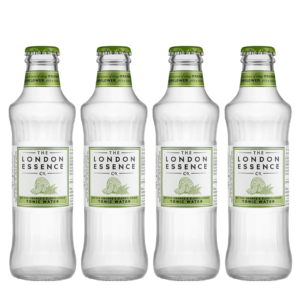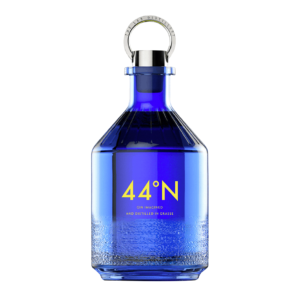Traditional or column stills play a major role in the distillation of your favorite spirits. But do you know where it comes from and when it was invented?
From ancient perfumes to “bouilleurs de crus
It’s very old, but certainly much more than you thought. We have to go back to Antiquity to find the first traces of it. And contrary to popular belief, it originated in Mesopotamia, not Egypt. At the time, it wasn’t used to make alcohol, but perfumes and beverages with medicinal properties. Over time, it gained ground in the Mediterranean basin. Techniques developed and became more precise in the hands of the Arab countries, then the Greeks.
Rustic equipment was perfected and modernized, especially when the French took an interest and steam was mastered. The work and research of Laurent Solimani, a chemist in Nîmes, and Isaac Bérard, a brandy manufacturer nearby, led to the registration of several patents. It was largely thanks to them that the continuous column still, still used today in Armagnac, was born. It is no longer the sole instrument of alchemists, but of spirits producers and distillers, the famous distillers who travel the regions offering their services.
Pot still or column still
There are several types of still, differentiated by size, kettle shape, capacity and heat source. However, to simplify your task, you can keep the two main ones in mind:
- The traditional alembic, also called pot still or Charentais alembic. It’s a large, round-shaped kettle topped by a capital connected to a swan neck and a cooling coil. It is made of copper and is generally reserved for whiskies, cognacs and calvados.
- The column still or still reflux. With its high column allowing steam to condense several times before reaching the top, it produces spirits with an alcohol content of over 90°. They are, however, less rich in aromas, making them ideal for vodkas and neutral spirits used as a base for other spirits…such as gin.
Why copper?
While some components may be made of stainless steel, most stills are built from a more expensive material, copper. It certainly has aesthetic qualities, but that’s not the only reason: it’s easy to shape, conducts heat extremely well and resists corrosion. But its main advantage is that it avoids volatile substances and favors esters, responsible for the fruity aromas detected in the distillate. In contact with the copper, the spirit becomes light and beautifully fruity.



